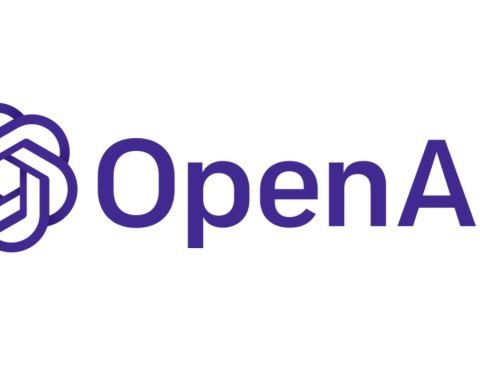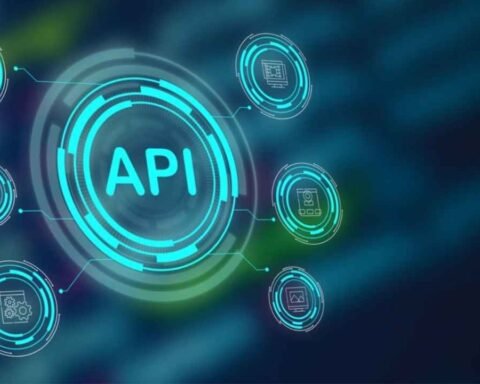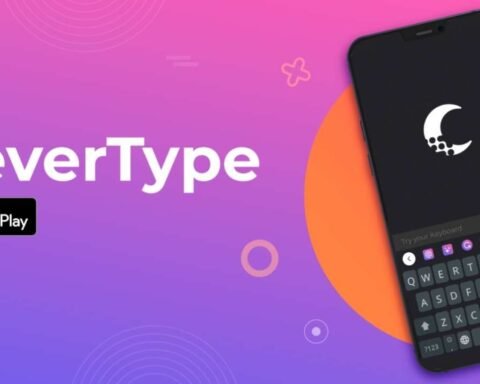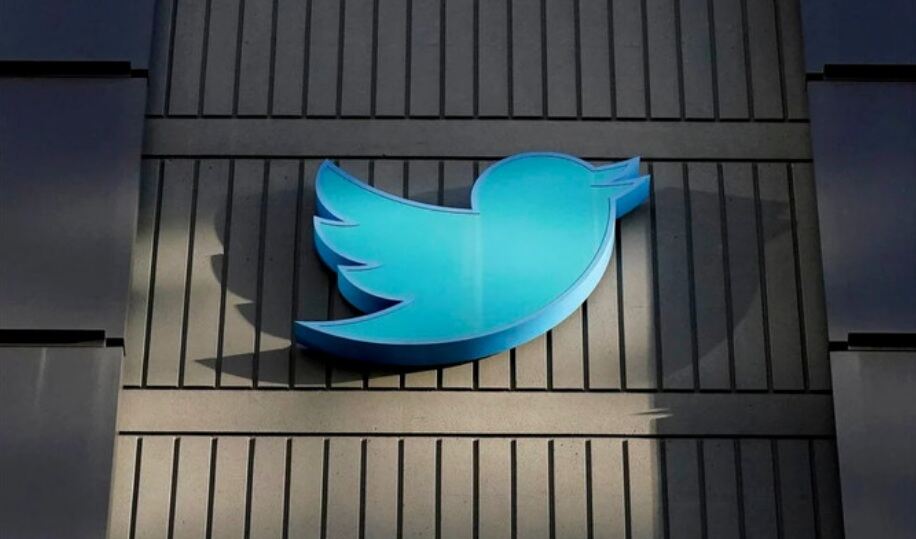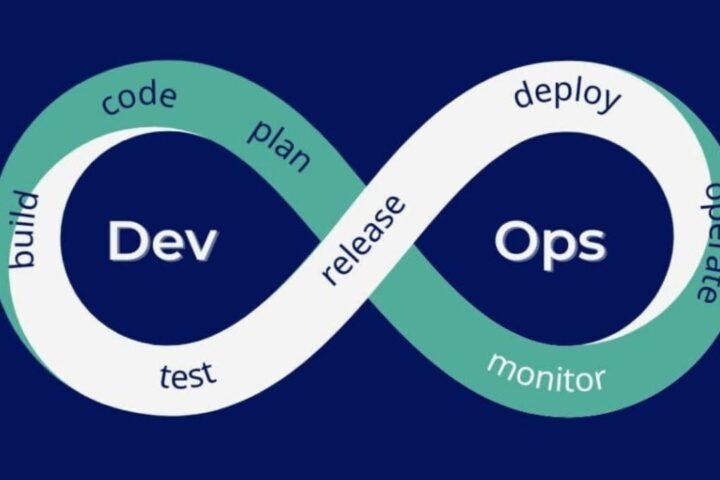Twitter introduced tweet-reading rate limits to address extreme levels of data scraping, owner Elon Musk reaffirmed on Thursday. The company had to put those restrictions in place because “several entities tried to scrape every tweet ever made in a short period,” he wrote in reply to a tweet that said the social media company had filed a lawsuit against four entities in Texas for data scraping. “That kind of behavior hurts the health and stability of Twitter,” he added.
Several Twitter users complained of being unable to view their posts after the tweet-reading limits went into effect on July 1, with some receiving a message saying they had exceeded a rate limit and were temporarily blocked from reading. Others could return to Twitter after a day of being restricted but remained unable to read tweets.
Twitter says it will continue to monitor how its system operates and may adjust the rates of these limits based on their impact. The company also is working to improve its rate-limiting tools.
But a lot of people doubt that’s the whole story. Many argue that the limits are a form of data discrimination and will have unintended consequences, including limiting free speech and hurting small businesses which depend on Twitter to drive revenue. Others say they’re a sign that Twitter is trying to boost its cash flow by making it more expensive for companies to access its data.
The gist of the story is that many companies, from data-mining startups to considerable artificial intelligence (AI) firms, are using Twitter to train their software, which relies on hoovering up vast amounts of data to learn and grow. According to Musk, this is causing massive slowdowns on the platform and degrading Twitter for regular users.
Some critics have pointed out that before the limits were placed, Twitter already allowed people without a profile to see public profiles and some tweets. Still, now those people will be immediately prompted with a log-in window after visiting Twitter. They can still use the search bar, but they’ll be limited to finding tweets from accounts that have verified their identities and will be limited to viewing a few thousand tweets per day for unverified accounts and 10,000 for those who pay for the service with Twitter Blue.
But even some who believe the restrictions are necessary have expressed frustration at being blocked from seeing posts, which they feel is unfair. The rate-limiting rules also haven’t helped the logging-in process, which is frustrating for a service that relies on being easy to use. Some of the problems could have been caused by a bug that Twitter fixed with an update pushed out on Saturday, but the rate limits remain in place and have not yet been lifted.



